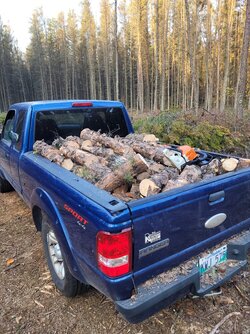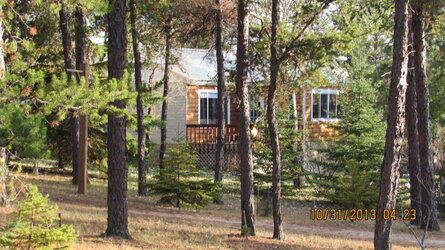It’s been almost 7 years since I bought my wood insert and I am finding that this year with Oil jumping to nearly $5 a gallon everyone is interested in burning wood. The problem is the costs have skyrocketed. I was able to find a floor model Hampton Hi300 for $1800 dollars in the fall of 2015 . I think I bought the smooth 5.5” liner for 750, and the block off plate and Roxul insulation was about 150. So all in it was about 3k. I think that stove this year is $3800.
Will burning wood save you money.? Probably not.. this is a lifestyle and everything changes. You will definitely be warmer my entire first floor is in the mid 70s all winter. But honestly my wife now says that 73 is cold. When we used just oil the house was 65 to 66. To keep it warm takes a lot of time and Effort. It have not paid for wood ever it’s everywhere near me. I did buy a Kawasaki mule ,built woodsheds,bought chainsaws etc.. so it’s far from free. I also feel that there is price gouging going on in the wood stove business, but it is supply and demand
I am reading all the posts here and I blown away by the costs. I also noticed the advice here is sound and honest. Installing a block off plate on an insert makes all the difference, seasoned wood is a must( you think you know what seasoned wood is but you have no idea until you burn for several seasons. If your new here and reading reply’s from seasoned members listen to them …they know from trial and error.
Will burning wood save you money.? Probably not.. this is a lifestyle and everything changes. You will definitely be warmer my entire first floor is in the mid 70s all winter. But honestly my wife now says that 73 is cold. When we used just oil the house was 65 to 66. To keep it warm takes a lot of time and Effort. It have not paid for wood ever it’s everywhere near me. I did buy a Kawasaki mule ,built woodsheds,bought chainsaws etc.. so it’s far from free. I also feel that there is price gouging going on in the wood stove business, but it is supply and demand
I am reading all the posts here and I blown away by the costs. I also noticed the advice here is sound and honest. Installing a block off plate on an insert makes all the difference, seasoned wood is a must( you think you know what seasoned wood is but you have no idea until you burn for several seasons. If your new here and reading reply’s from seasoned members listen to them …they know from trial and error.


 ) on that investment depreciated by inflation.
) on that investment depreciated by inflation.


